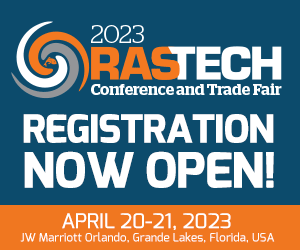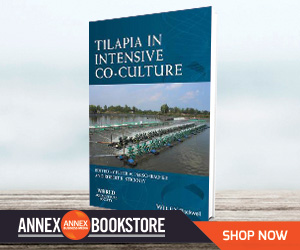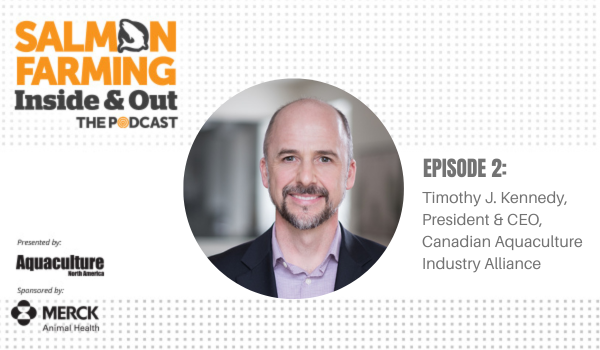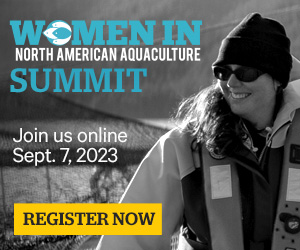| |
| |
 |
 |
| |
 |
|
@{mv_date_MMM d, yyyy}@ |
|
| |
 Innovasea has introduced FlowFeeder, a waterborne feeding solution that delivers feed to fish below the surface, minimizing pellet damage and loss that’s common with air-blown feeding systems.
» Read More...
Innovasea has introduced FlowFeeder, a waterborne feeding solution that delivers feed to fish below the surface, minimizing pellet damage and loss that’s common with air-blown feeding systems.
» Read More...
For most aquaculture activity around the world, there are commercial hatcheries to provide seed, but that is not the case with sea scallops—yet.
» Read More...
Sea urchins seem to have opposing roles in the earth’s playbook: it is a delicious delicacy on the menu at popular seafood restaurants and dangerous, deadly predators of kelp forests.
» Read More...
|
| |
 |
 |
| |
|
| |

Intensive tilapia co-culture is the commercial production of various species of tilapia in conjunction with one or more other marketable species. Tilapia are attractive as a co-cultured fish because of their potential to improve water quality, especially in penaeid shrimp ponds, by consuming plankton and detritus and by altering pathogenic bacterial populations while increasing marketable production.
Tilapia in Intensive Co-Culture is the latest book in the prestigious World Aquaculture Society (WAS) Series. It will be of great use and interest to researchers, producers, investors and policy makers considering tilapia co-culture in terms of environmental and economic sustainability.
» Learn more |
| |
|
| |
 Tim Kennedy shares his insights on the state of salmon aquaculture in Canada, the socio-political dynamic impacting the sector and the way forward for the industry.
» Read More...
Tim Kennedy shares his insights on the state of salmon aquaculture in Canada, the socio-political dynamic impacting the sector and the way forward for the industry.
» Read More... |
| |
| |
 |
 |
| |
|
| |

|
| |
|
| |
|
|
| |
| |










